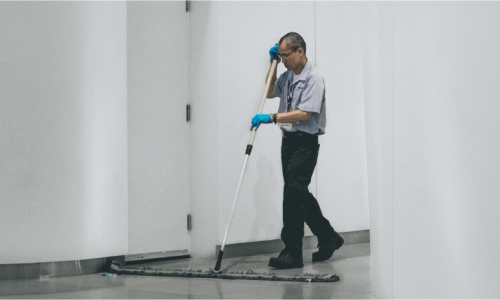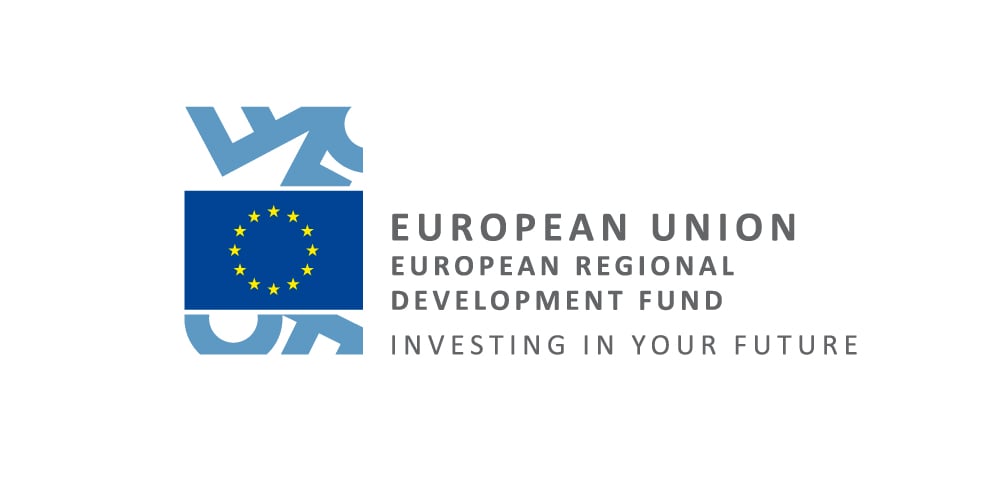Sentence structure is one of the first points you look at when you start to learn English. As soon as you can put two words together, you have a sentence. That’s all it takes – two words. A subject and a verb:
- I ran.
- She laughed.
- They fell.
While we may applaud children for these types of sentences, us grown-ups can’t really get away with this for long! ![]()
Before we delve deeper into different sentence types, it will help to look at the meaning of certain terms first.
Sentence Structure Terms
Clause – part of a sentence made up by a SUBJECT and a VERB (as a minimum).
It can be an:
→ INDEPENDENT CLAUSE: makes sense on its own.
- Mary stayed late.
→ DEPENDENT CLAUSE: does not make sense on its own.
- Mary stayed late, because she needed to finish her report (‘because she needed to finish her report’ would not make sense on its own)
Conjunction – a word used to join clauses of a sentence:
→ CO-ORDINATING CLAUSE:
- most popular: and – but – or – nor – so – then – yet
→ SUBORDINATING CLAUSE:
- most popular: that – because – while – although – where – if
Different Sentence Types
The basic three different types of sentence structure are SIMPLE, COMPOUND and COMPLEX.
| SENTENCE TYPE | CLAUSES | EXAMPLE |
|---|---|---|
| Simple |
|
|
| Compound |
|
|
| Complex |
|
|
Test Your Knowledge!
Underline the dependent clauses:
- Hannah found her briefcase where she’d left it.
- Larry would have told her where it was, if she had asked him.
- She didn’t ask him, because she was annoyed with him.
- Although Larry knew Hannah was annoyed with him, he thinks she should have asked him, because she wasted time looking.
- Hannah found her briefcase where she had left it.
- Larry would have told her where it was, if she had asked him.
- She didn’t ask him, because she was annoyed with him.
- Although Larry knew Hannah was annoyed with him, he thinks she should have asked him, because she wasted time looking.












